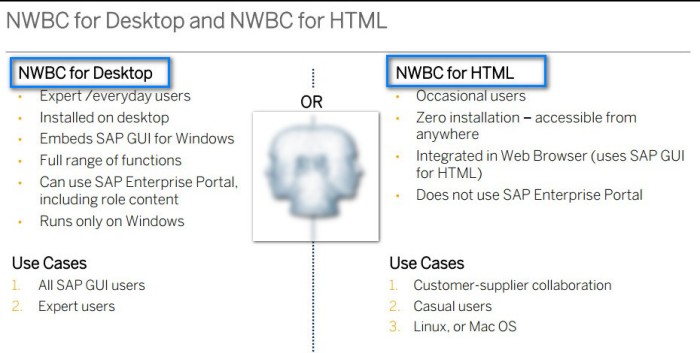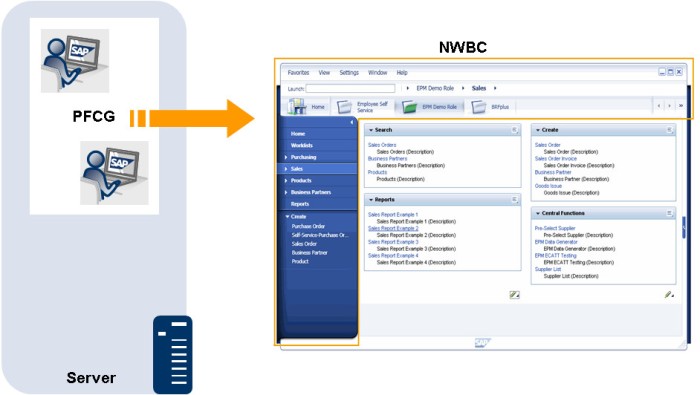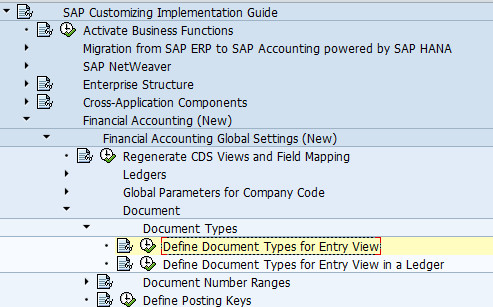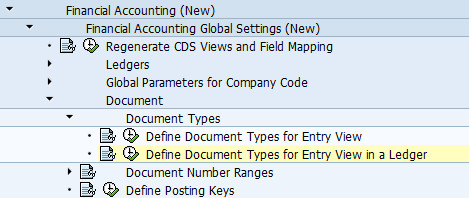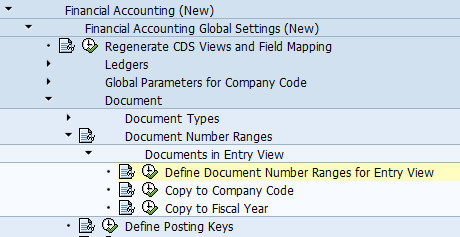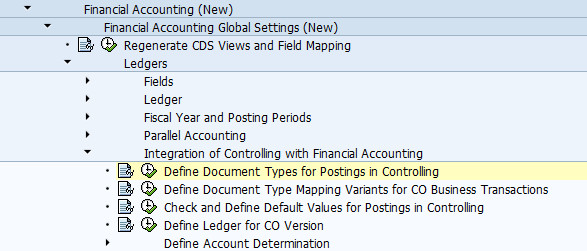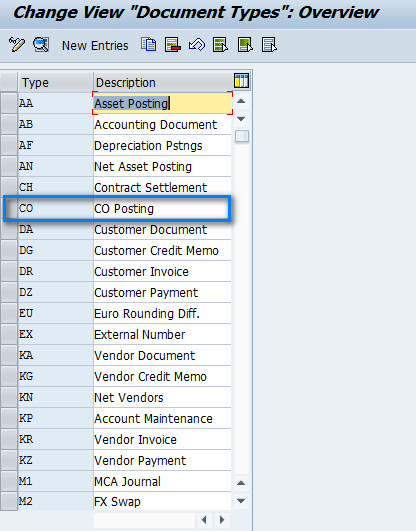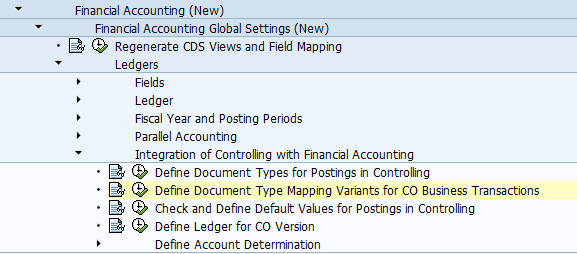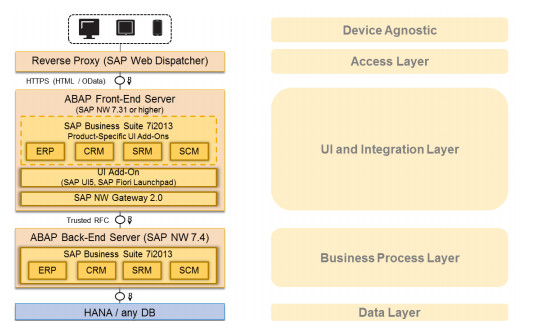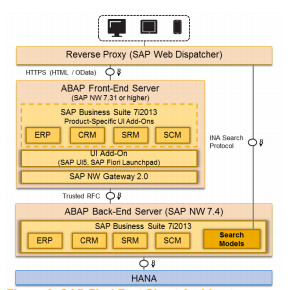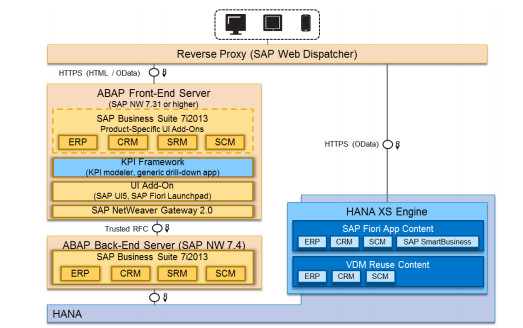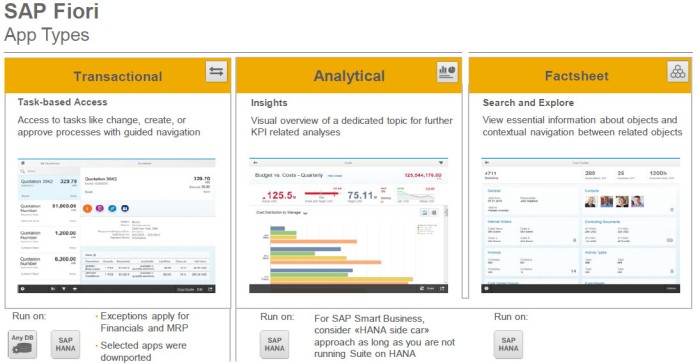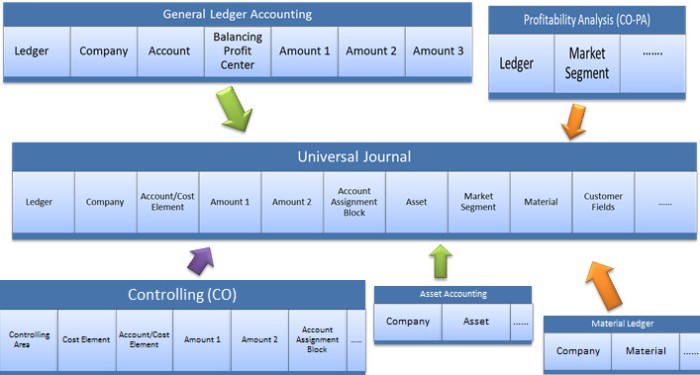Activation of Material Ledger is mandatory on S/3 HANA due change in the data design for Inventory valuation but activation of actual costing is not mandatory on SAP S/4 HANA.
Below mentioned screen shot prescribes traditional Inventory management Vs S/4 HANA Inventory management based on Material ledger.
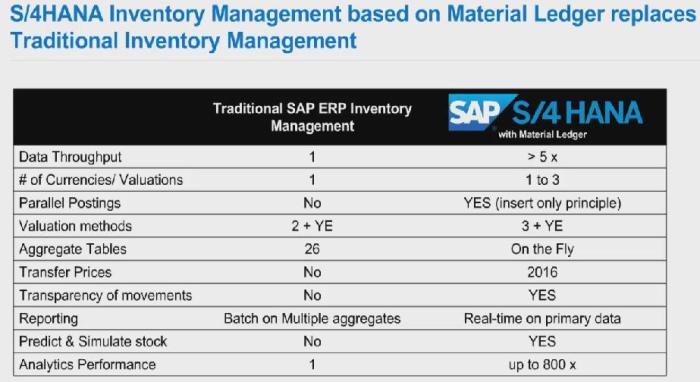
Material Valuation in SAP S/4 HANA allows Up to 3 currencies,
- Tracking historic rates in Material master.
- Local legal valuation & e.g hard or trading currency.
Actual Costing:
- Optional revaluation of stock and COGS
- Leverage Actual cost component
Activate Material Ledger
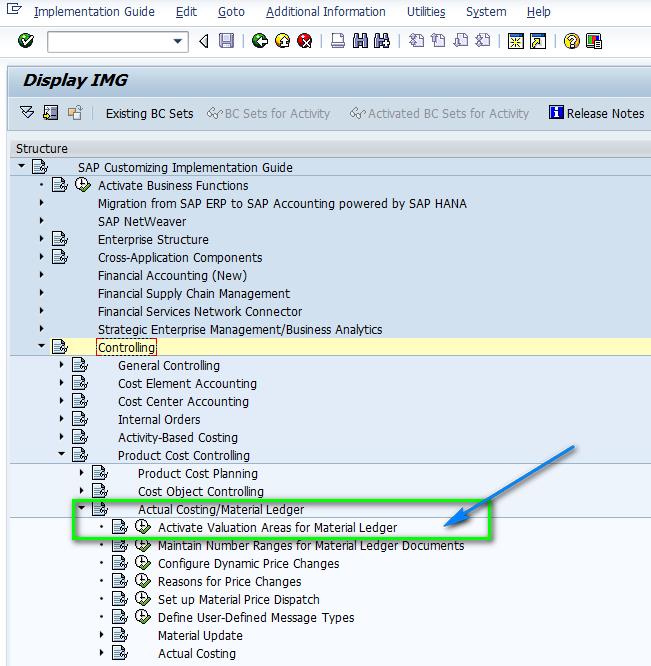
We activate the Material ledger for one or more valuation areas, if the material ledger is active for a particular valuation area, all materials in the valuation area are valuated using the material ledger.
But SAP recommends if you activate the material ledger for a plant, you should also activate it for all the other plants in the company code. This ensures that the accounts in Financial Accounting and Materials Management are reconciled.
Activate Valuation Area’s for Material Ledger:
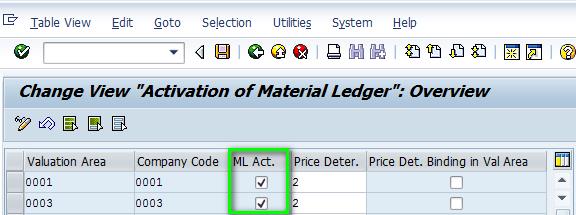
In this activity, you can specify in each valuation area that a planned price is activated as the valuation price upon the first goods movement in a new posting period as long as the validity date of the planned price has been reached.
The planned prices are handled by the system with the following priority:
- Marked standard cost estimates
- Future valuation prices
Actual Costing:
Inventory and material movements are generally valuated either at Standard price (S) which is constant over a period of time or Moving average price (MAP) which gets adjusted (calculated) automatically based on every Goods receipt or Invoice receipt. Both of these two methods have their own pros and cons. Actual costing combines the advantages of standard price with advantages of using MAP.
ML captures all price variances (like purchase price variances, production variances etc) and allows (as optional period end activity) revaluation of ending inventories at period end and releases it as standard price (generally) for next period. Actual costing is optional in S/4 HANA.
Activate Actual Costing:
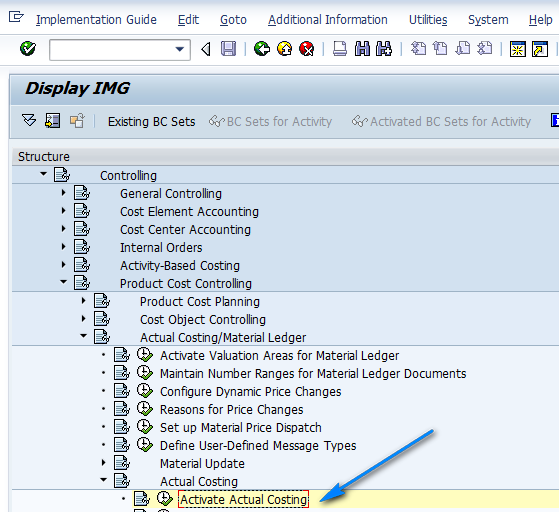
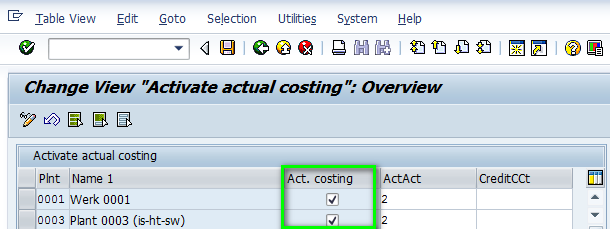
Depending on which activation type is chosen
- Actual consumption is updated in the quantity structure but not considered by price determination.
You can use this setting if you simply want information about the complete actual quantity structure. You can assign variances between the plan price of the cost center/activity type or process, and the actual price calculated at period end to the particular cost object at period-end closing using the function ‘Revaluation at Actual Prices’.
- Actual consumption is updated in the quantity structure and taken into account for the price determination.
If you choose this setting, the variances between the plan price and the actual price are adjusted subsequently. The cost center or the process is then credited and the material associated with the consumption is debited. In the context of multi-level price determination, these variances can be rolled up through the production structure up to the finished product in the same way that material price variances are rolled up.
If you choose this setting, you cannot use the function ‘Revaluation at Actual Prices’ at period closing in Cost Object Controlling, as the variances from the cost centers/processes are debited to the material direct. If you do use the function ‘Revaluation at Actual Prices’ at period closing, the cost centers/processes are credited twice and the materials are debited twice.
We have to keep below mentioned points during Migration of Material Ledger Customizing:
Key Points:
- The material ledger is required if you are using SAP S/4 HANA Materials Management – Inventory Management (Simplified Logistics).
- You need to migrate the material ledger even if you are already using SAP Simple Finance (that is, you are migrating from SAP Simple Finance to SAP S/4 HANA Inventory Management).
- You need to migrate the material ledger even if you are already using the material ledger in your source system.

